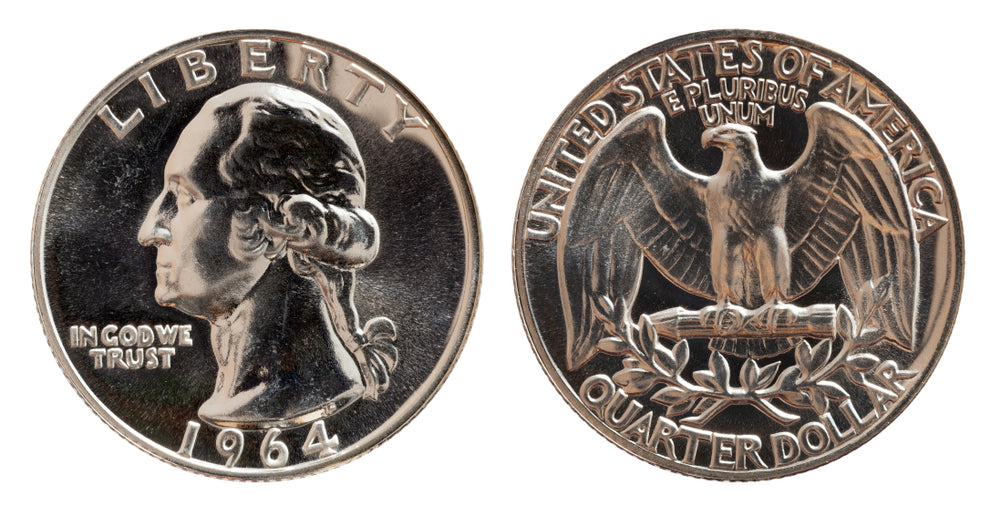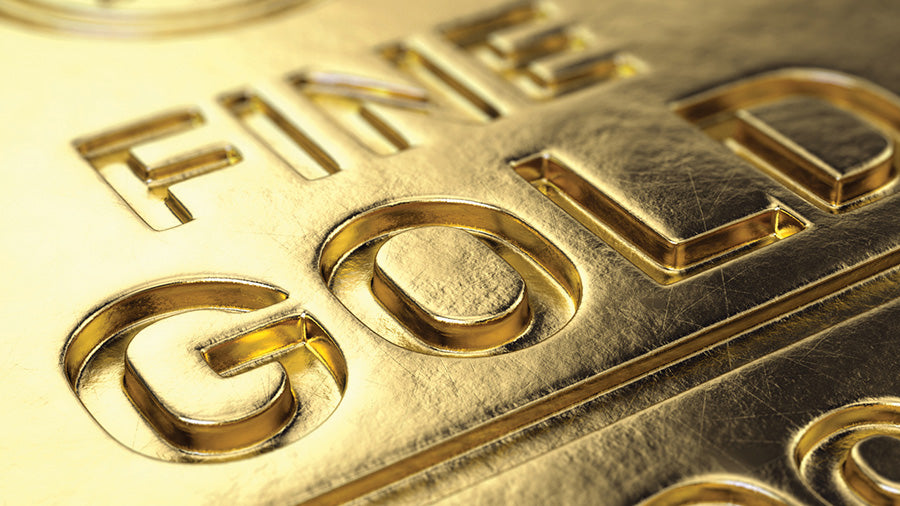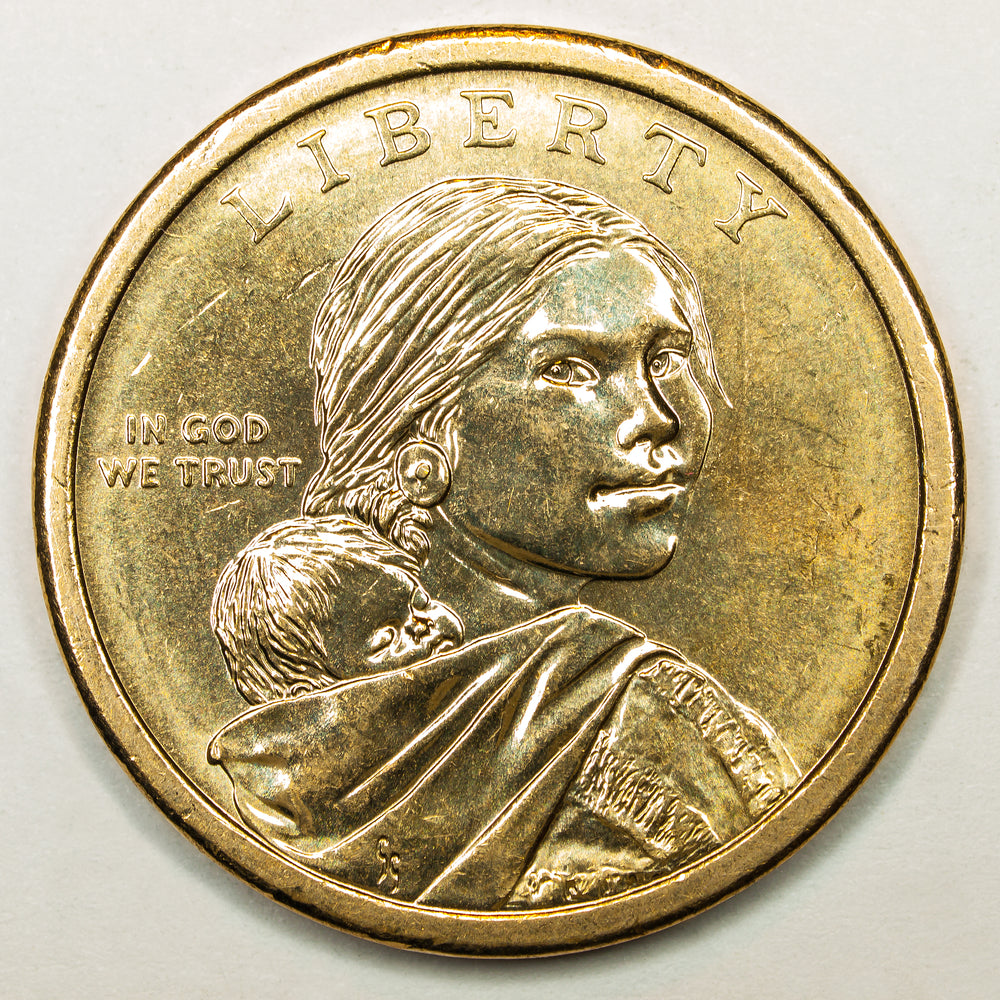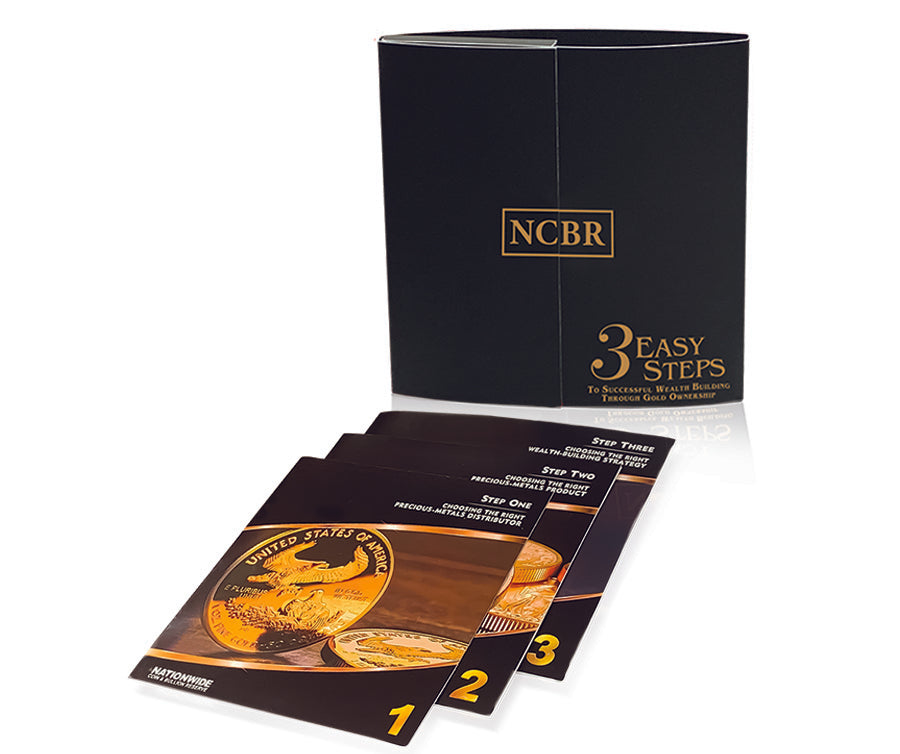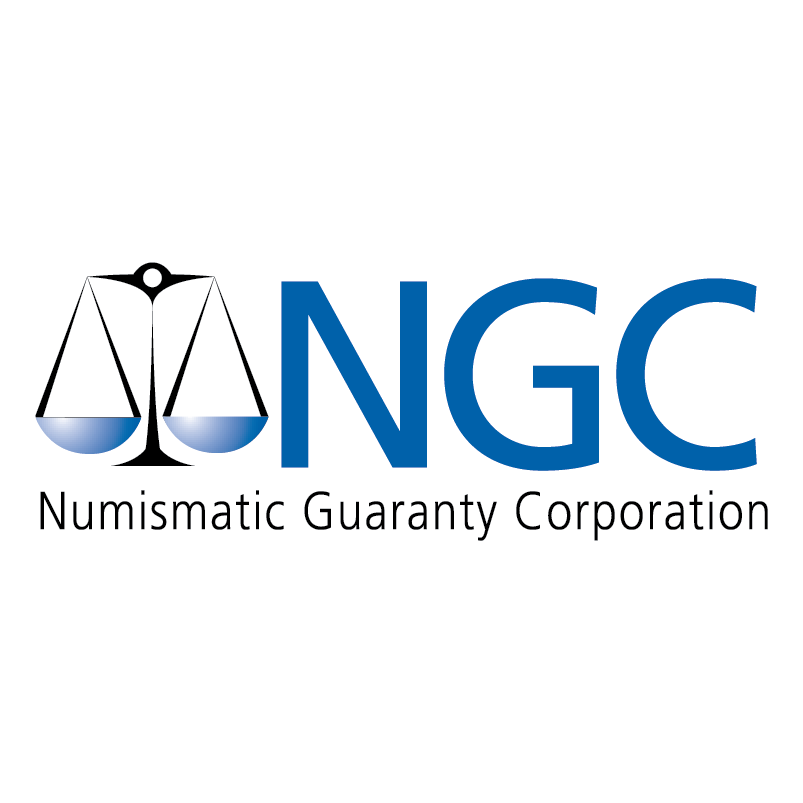Among the countless coins that capture the attention of collectors and enthusiasts, the 1964 quarter holds a special place. While its appearance may seem ordinary at first glance, delving into its history and examining its unique characteristics can reveal surprising stories and values.
Understanding the 1964 Quarter
A Brief Historical Overview
The year 1964 holds a special place in American history, and it also had a significant impact on the world of coinage. It marked the end of an era as the United States Mint transitioned from producing 90% silver coins to the modern-day clad coinage, we are more familiar with. The 1964 quarter is unique because it is one of the last quarters ever minted with 90% silver content.
This coin has a diameter of 24.3 millimeters and weighs approximately 6.25 grams. The obverse (front) of the coin features the iconic image of President George Washington, while the reverse (back) displays a majestic bald eagle.
Factors Influencing 1964 Quarter Value
Coin Condition
One of the most critical factors affecting the value of a 1964 quarter is its condition. Coins that have been well-preserved and exhibit minimal wear and tear are naturally more valuable. Collectors often use grading systems to assess a coin's condition, with higher grades indicating better preservation.
Rarity
Rarity plays a significant role in determining a coin's worth. While millions of 1964 quarters were minted, not all of them are readily available in today's market. Some quarters may have been lost or melted down over the years, making certain variations scarcer and, therefore, more valuable.
Mint Mark
Another essential aspect to consider is the mint mark, which indicates where the coin was minted. Mint marks are small letters or symbols located on the reverse side of the coin, beneath the center of the olive branches. For 1964 quarters, you may find mint marks such as "D" (Denver), "S" (San Francisco), or none at all, denoting the Philadelphia Mint. Mint location can impact a coin's rarity and, consequently, its value.
Determining the Value of Your 1964 Quarter
To assess the value of your 1964 quarter, follow these steps:
- Check the Coin's Condition: Inspect your coin carefully for any signs of wear, scratches, or damage. If it appears to be in excellent condition, it may command a higher value.
- Identify the Mint Mark: Look for the mint mark on the reverse side of the coin. As mentioned earlier, mint location can be a crucial factor in determining rarity.
- Consult a Coin Grading Guide: Utilize reputable coin grading guides or websites to determine the grade of your coin. The Sheldon Coin Grading Scale is a commonly used system in the numismatic community.
- Research Current Market Prices: To get an accurate estimate of your coin's value, research recent sales of similar 1964 quarters. Online auction websites and coin collecting forums are valuable resources for this purpose.
- Seek Professional Appraisal: If you believe you have a particularly rare or valuable coin, consider getting it professionally appraised. An expert numismatist can provide you with an accurate assessment of your coin's worth.
Examples of Notable 1964 Quarter Values
While the value of a 1964 quarter can vary widely based on the factors mentioned above, here are a few examples to give you an idea:
- A typical 1964 Washington quarter in circulated condition may be worth its silver melt value, which is determined by the current price of silver.
- An uncirculated 1964 quarter with a high grade and no mint mark can fetch a premium from collectors, potentially ranging from $5 to $20 or more.
- If you happen to possess a 1964-D quarter in exceptional condition, its value could reach upwards of $50 or more, especially if it grades well.
Conclusion
The value of a 1964 quarter can vary significantly based on factors such as condition, rarity, and mint mark. Whether you're a seasoned collector or someone who stumbled upon this unique coin, understanding these factors is crucial in determining its worth. To get the most accurate valuation, consider consulting a professional or using reputable online resources. The 1964 quarter is not just a piece of currency; it's a piece of history.
Real Time Precious Metals Data Below
